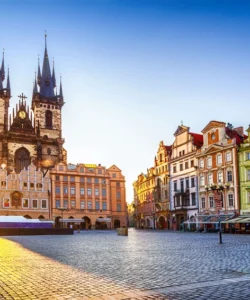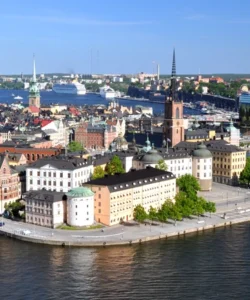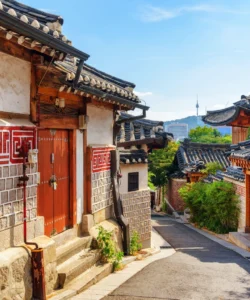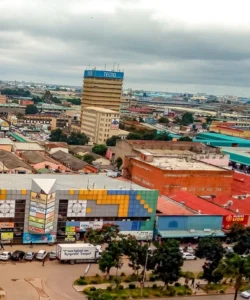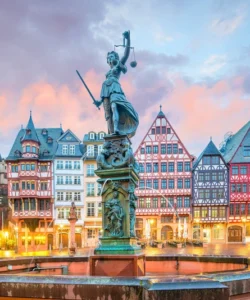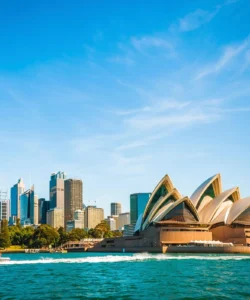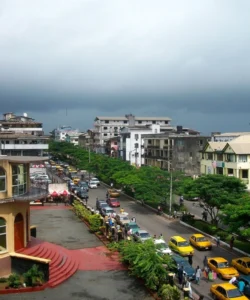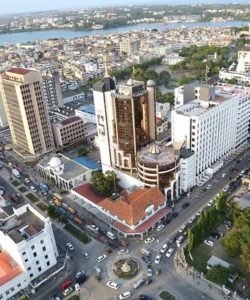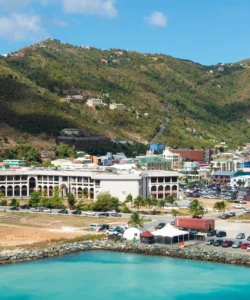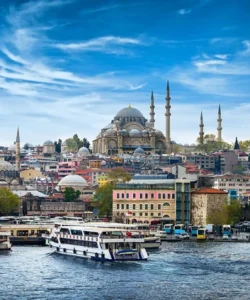Syria is a West Asian country with a complex political and humanitarian situation. The country has been embroiled in a civil war since 2011, which has resulted in widespread destruction, a devastating humanitarian crisis, and a complete change in the political landscape.
![]()
Here’s an overview:
Area: Approximately 185,180 square kilometers.
Population: Estimated at 25,255,139 in 2025.
Language: The official language is Arabic. Other spoken languages include Kurdish, Turkish, and Neo-Aramaic.
Currency: Syrian Pound (SYP).
Religion: The majority of Syrians are Muslims, primarily Sunnis, followed by Alawites and other Shia groups, and Druze. There are also significant Christian minorities.
Capital: Damascus.
Major Cities:
- Aleppo
- Damascus
- Homs
- Latakia
Attractions & Wonders: Syria boasts a rich history and numerous ancient and historical sites, many of which are UNESCO World Heritage Sites. Some notable attractions include:
- Ancient City of Damascus: One of the oldest continuously inhabited cities in the world, featuring the Umayyad Mosque, Al-Hamidiyah Souq, and traditional Damascene houses.
- Ancient City of Aleppo: Home to the formidable Aleppo Citadel and historical souks, though much of it has been severely damaged.
- Krak des Chevaliers: A magnificent Crusader castle, considered one of the best-preserved medieval castles in the world.
- Palmyra: An ancient Roman city known as the “pearl of the semi-desert,” with impressive ruins including the Temple of Bel, the Arch of Triumph, and a grand theatre. (Note: Palmyra has suffered significant damage due to conflict).
- Ancient City of Bosra: Features a remarkably well-preserved Roman theatre, ancient mosques, and Roman-era architecture.
- Umayyad Mosque (Damascus): A masterpiece of early Islamic architecture and one of the largest and oldest mosques globally.
- Khalid Ibn Al-Walid Mosque (Homs): An important and historically significant mosque.
- Sayyidah Ruqayya Shrine (Damascus): A revered Shia pilgrimage site.
- Maaloula: A unique Christian village where Aramaic, the language of Jesus, is still spoken.
Architecture: Syrian architecture showcases a diverse history, from ancient Roman and Hellenistic structures to magnificent Islamic and Crusader-era buildings. Key architectural styles and examples include:
- Roman: Roman Theatre at Bosra, structures in Palmyra (e.g., Monumental Arch, colonnaded streets).
- Byzantine/Early Christian: Churches and monasteries like those in Maaloula.
- Islamic: Umayyad Mosque in Damascus, Aleppo Citadel, numerous mosques, and traditional houses with courtyards.
- Crusader: Krak des Chevaliers and other Crusader castles.
Roads: Syria has an extensive road network, with approximately 97,401 km of roads, including a significant portion of paved roads and expressways. The main highways connecting major cities like Damascus, Homs, Hama, and Aleppo, as well as coastal ports, are generally in good condition. Reconstruction efforts are underway to rebuild damaged infrastructure, including bridges.
Hotels: While the tourism sector has been impacted by recent conflicts, there are still hotels and guesthouses available, particularly in major cities. Some examples include:
- Damascus: Beit Al Wali (guesthouse), Cham Palace Hotel (with a rotating restaurant).
- Aleppo: Quattro Hotel, Riga Palace Hotel, Sheraton Hotel, Laurus Hotel.
- Al Mishtaya (near Homs): Villa Rosa.
- Latakia: La Mira Resort.
- Tartous: Shahin Tower.
Restaurants: Syrian cuisine is rich and diverse. Notable restaurants include:
- Naranj Restaurant (Damascus): Known for authentic Syrian cuisine.
- Qurtuba Restaurant (Aleppo): Offers a mix of Armenian and Middle Eastern cuisine.
- Jazeel Restaurant: A hidden gem with a modern twist on traditional Syrian dishes.
Cuisine: Traditional Syrian dishes are flavorful and varied, often featuring lamb, bulgur, vegetables, and aromatic spices. Some popular dishes include:
- Kibbeh: A national dish made of finely ground meat and bulgur wheat, often served fried or baked.
- Maqluba: A layered rice dish with meat and vegetables.
- Yabrak (Stuffed Vine Leaves): Vine leaves stuffed with rice and meat.
- Kebab Halabi: Skewered and grilled kebabs, often served with tomato sauce and yogurt.
- Sheikh Al-Mahshi: Zucchini stuffed with ground meat and pine nuts.
- Kawaj: A casserole with meatballs, potatoes, peppers, onions, and tomatoes.
- Cherry Kebab: Made with sour cherries, a specialty of Aleppo.
Annual Travel: Tourism in Syria has been severely affected by ongoing conflicts. While precise recent figures are difficult to obtain, international tourist arrivals were reported at 2,424,000 in 2019, significantly lower than the peak of 6.19 billion USD in tourism revenues in 2010. The country is gradually seeing some return of tourists, primarily those interested in cultural and historical tours, but it is not yet a mainstream tourist destination.



